Polar Extremes
Following a trail of fossils found in all the wrong places–beech trees in Antarctica, redwoods and hippo-like mammals in the Arctic–NOVA uncovers the bizarre history of the poles, from miles-thick ice sheets to warm polar forests teeming with life.
Previews + Extras
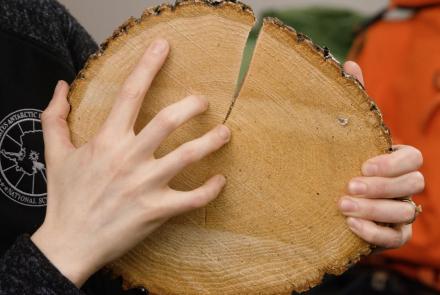
Why Trees Are Living Climate Records
S47 E1 - 1m 29s
Trees are living records of Earth’s climatic past. Play NOVA’s Polar Lab to learn how trees grow by simulating how they respond to different environments.
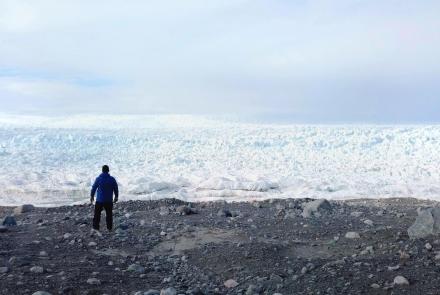
Polar Extremes Preview
S47 E1 - 3m 19s
Following a trail of fossils found in all the wrong places–beech trees in Antarctica, redwoods and hippo-like mammals in the Arctic–NOVA uncovers the bizarre history of the poles, from miles-thick ice sheets to warm polar forests teeming with life.
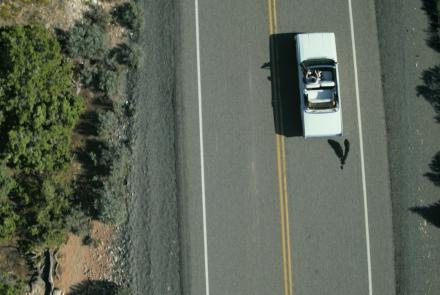
What if Carbon Left Your Tailpipe as Solid Chunks?
S47 E1 - 2m 12s
When fossil fuels are burned, they release carbon dioxide, an invisible and odorless gas, into the atmosphere. What would happen if carbon emerged from our car tailpipes as a solid?
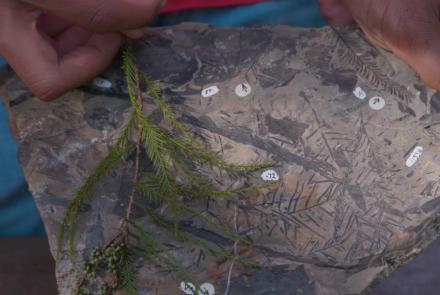
Plant Fossils Hint at Arctic's Swampy Past
S47 E1 - 3m 2s
Paleontologist Kirk Johnson shows a group of high schoolers that plant species in Virginia used to be right at home near the North Pole.
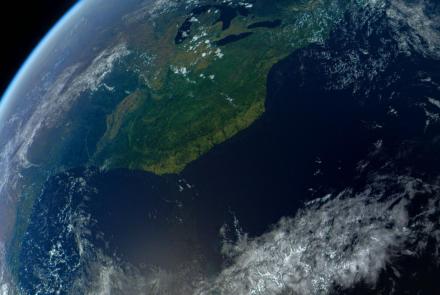
What did the East Coast Look Like 3 Million Years Ago?
S47 E1 - 3m 21s
To illustrate how the coastline might look if Earth's climate continues to warm, paleontologist Kirk Johnson and geologist Maureen Raymo search for 3-million-year-old clams in a Virginia quarry miles offshore.
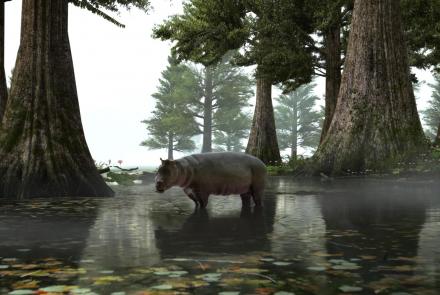
Fifty Million Years Ago, the Arctic Was a Warm Swamp
S47 E1 - 2m 7s
Think you know what the Arctic looked like during the Eocene Epoch? Play NOVA’s Polar Lab to find out: You might be surprised by the plants and animals that used to call it home.
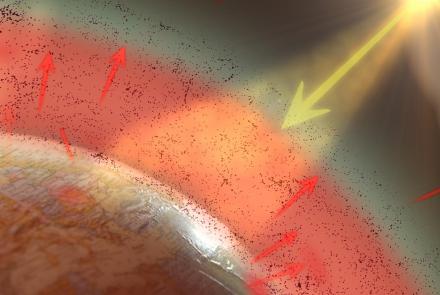
How Carbon Dioxide Warms Planet Earth
S47 E1 - 2m 32s
The greenhouse effect keeps Earth warm. Play NOVA's Polar Lab to find out what too much CO2 in our atmosphere may mean for our planet.
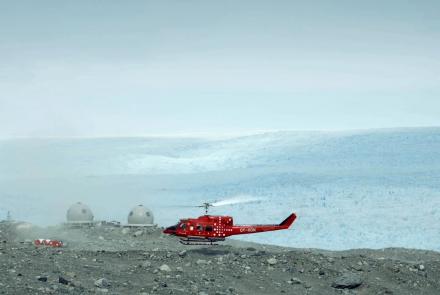
A Bird's-Eye View of Carbon Emissions
S47 E1 - 1m 56s
Carbon dioxide is an odorless, invisible gas. If we could see that carbon as a solid material on the ground, that might change our perspective on the amount of carbon we emit into the atmosphere. Play NOVA’s Polar Lab to see what effects all that CO2 is having on our planet’s poles.
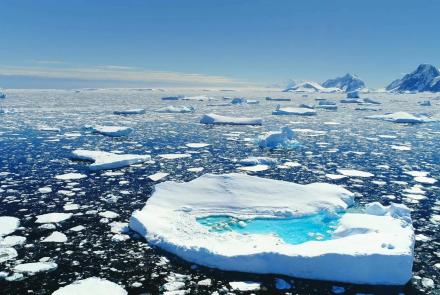
What’s Causing Greenland’s Biggest Glacier to Melt?
S47 E1 - 2m 4s
Jakobshavn is Greenland's biggest glacier. And over the past 20 years, it's receded dramatically. Play NOVA's Polar Lab to learn what's behind that change.
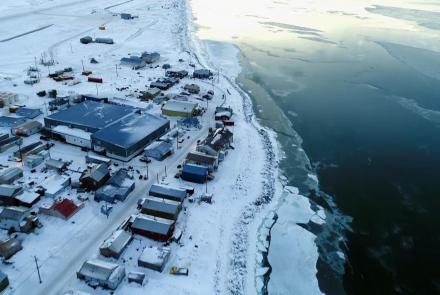
This Alaska Community is Losing Sea Ice to Climate Change
S47 E1 - 4m 47s
Residents of a small Alaskan island live on the front lines of climate change—and might have to change their way of life because of it.
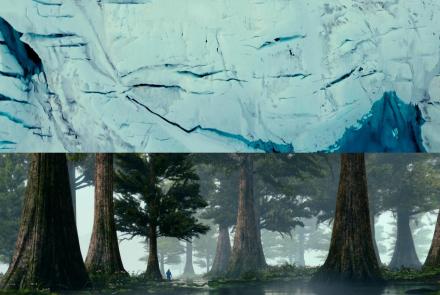
How Earth’s Climate Changed Over the Past 500 Million Years
S47 E1 - 3m 25s
Over its history, Earth has fluctuated between two climate states: Icehouses, with ice caps at at least one of the poles, and Hothouses, when there is no ice at the poles.
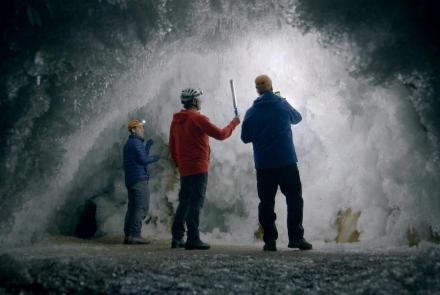
This Canadian Cave Has Been Frozen Since the Last Ice Age
S47 E1 - 3m 11s
This cave in Canada remains frozen every summer—and it's been frozen since the last Ice Age 10,000 years ago. What can this tell us about Earth's future climate?
Similar Shows
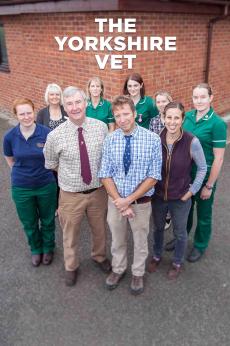
The Yorkshire Vet
Science and Nature
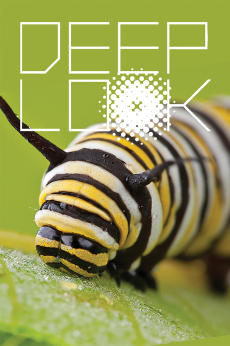
Deep Look
Science and Nature

SciGirls Stories: Black Women in STEM
Science and Nature
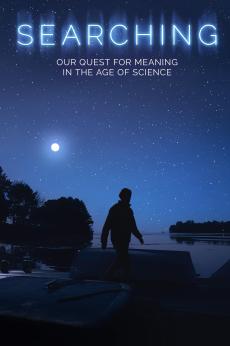
Searching: Our Quest for Meaning in the Age of Science
Science and Nature

Hacking Your Mind
Science and Nature
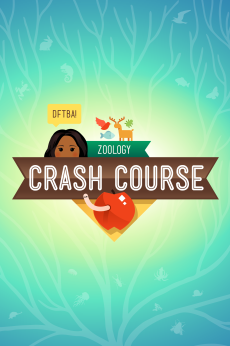
Crash Course Zoology
Science and Nature
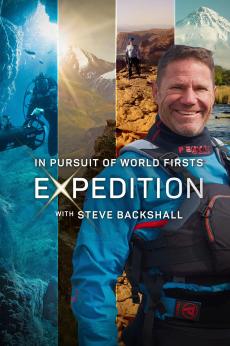
Expedition
Science and Nature
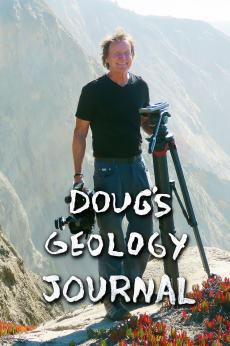
Doug's Geology Journal
Science and Nature

City in the Sky
Science and Nature

The Brain Revolution
Science and Nature
WETA Passport
Stream tens of thousands of hours of your PBS and local favorites with WETA Passport whenever and wherever you want. Catch up on a single episode or binge-watch full seasons before they air on TV.